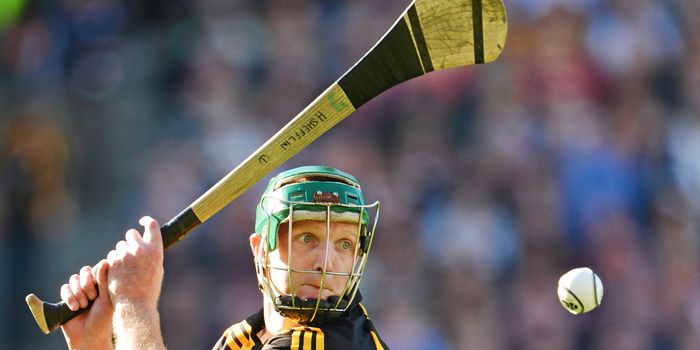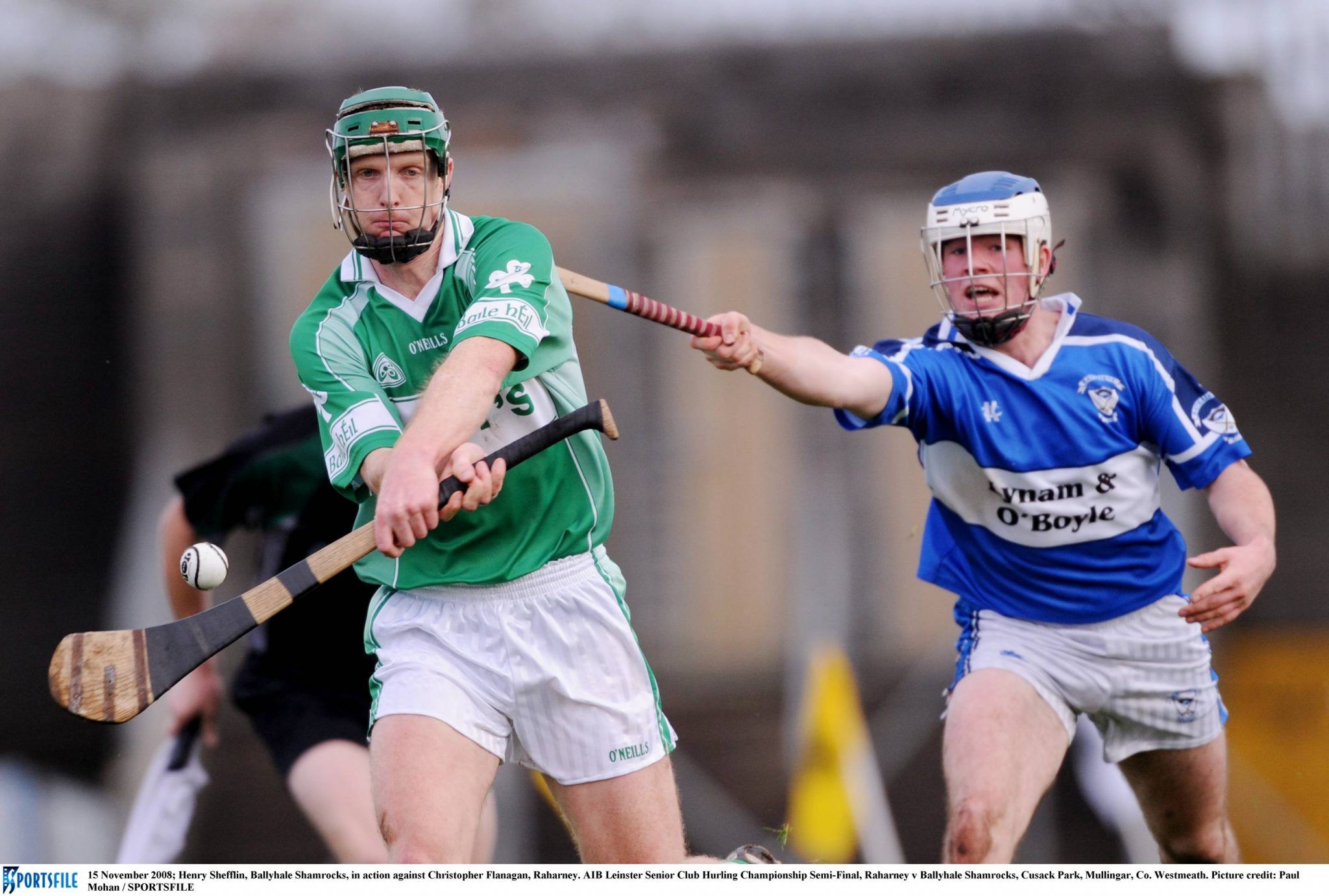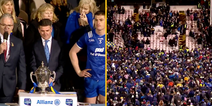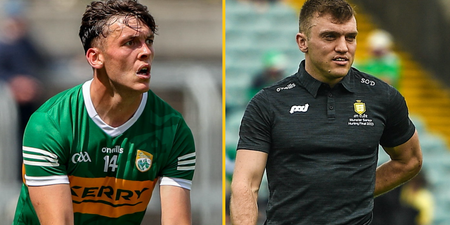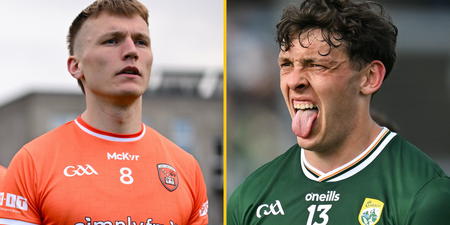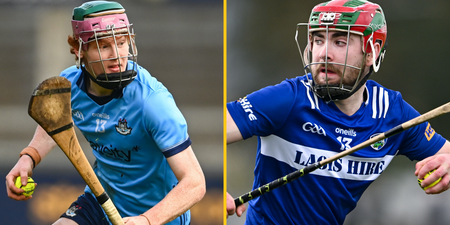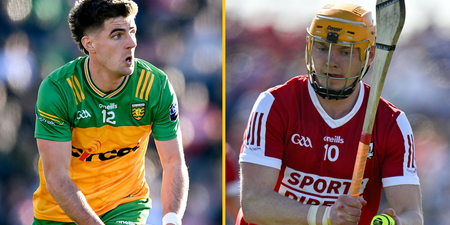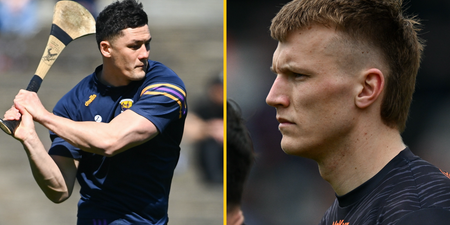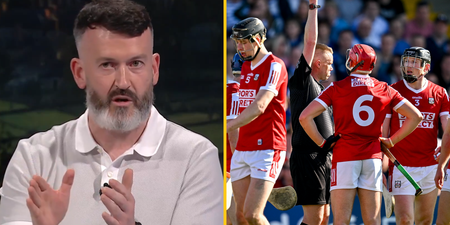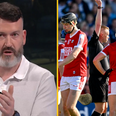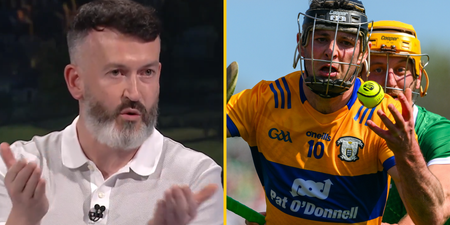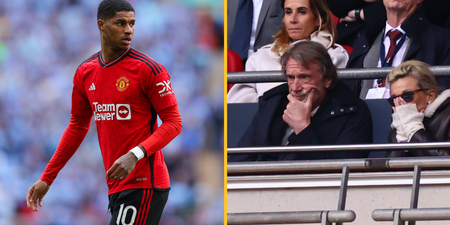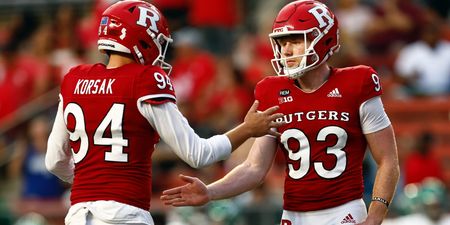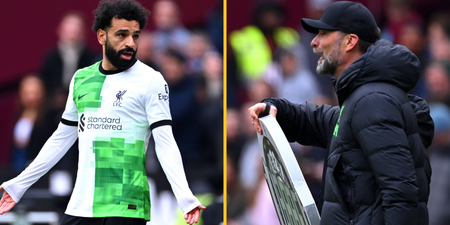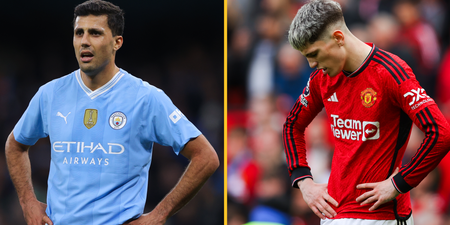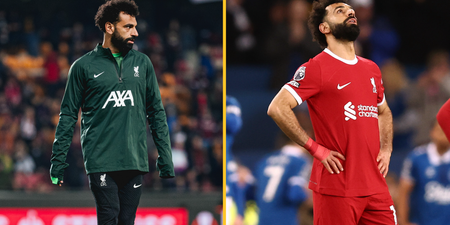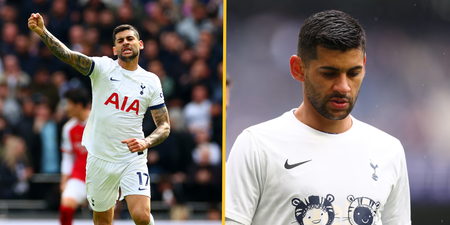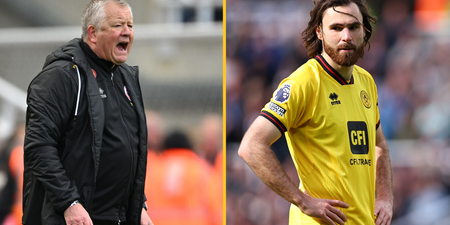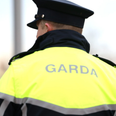A series of new rules will be trialled, in both hurling and football, in the Higher Education freshers third level competition later this year.
The main changes affect the puck-outs, the kick-outs, and the hurling hand-pass.
Hurling hand-pass
The hurling hand-pass has become a bone of serious contention in recent times due to the increased speed of transfer. Bottom line – it’s so hard to tell if a hand-pass is actually legal, or if it was a throw.
You only need to go back to last Sunday.
Referee Sean Stack pulled Patrick Maher for a ‘throw’ after he’d played Jake Morris straight through on goal in the first half of Tipperary’s Munster championship clash with Limerick. Replays showed that Bonner’s hand-pass was legal and should have been allowed.
The idea behind the proposed change to the hurling hand-pass is to eliminate this grey area from the game. The rule for this one is the brainchild of former Tipperary hurler Conor O’Donovan, who has been campaigning against the throw this long time.
“It’s becoming nearly embarrassing watching hurling at the minute, what’s going on,” O’Donovan told SportsJOE in an interview last year.
“For me, I find it very hard to enjoy a game of hurling now, because the ball-throwing problem is a constant distraction. And that’s how it is for a lot of people.
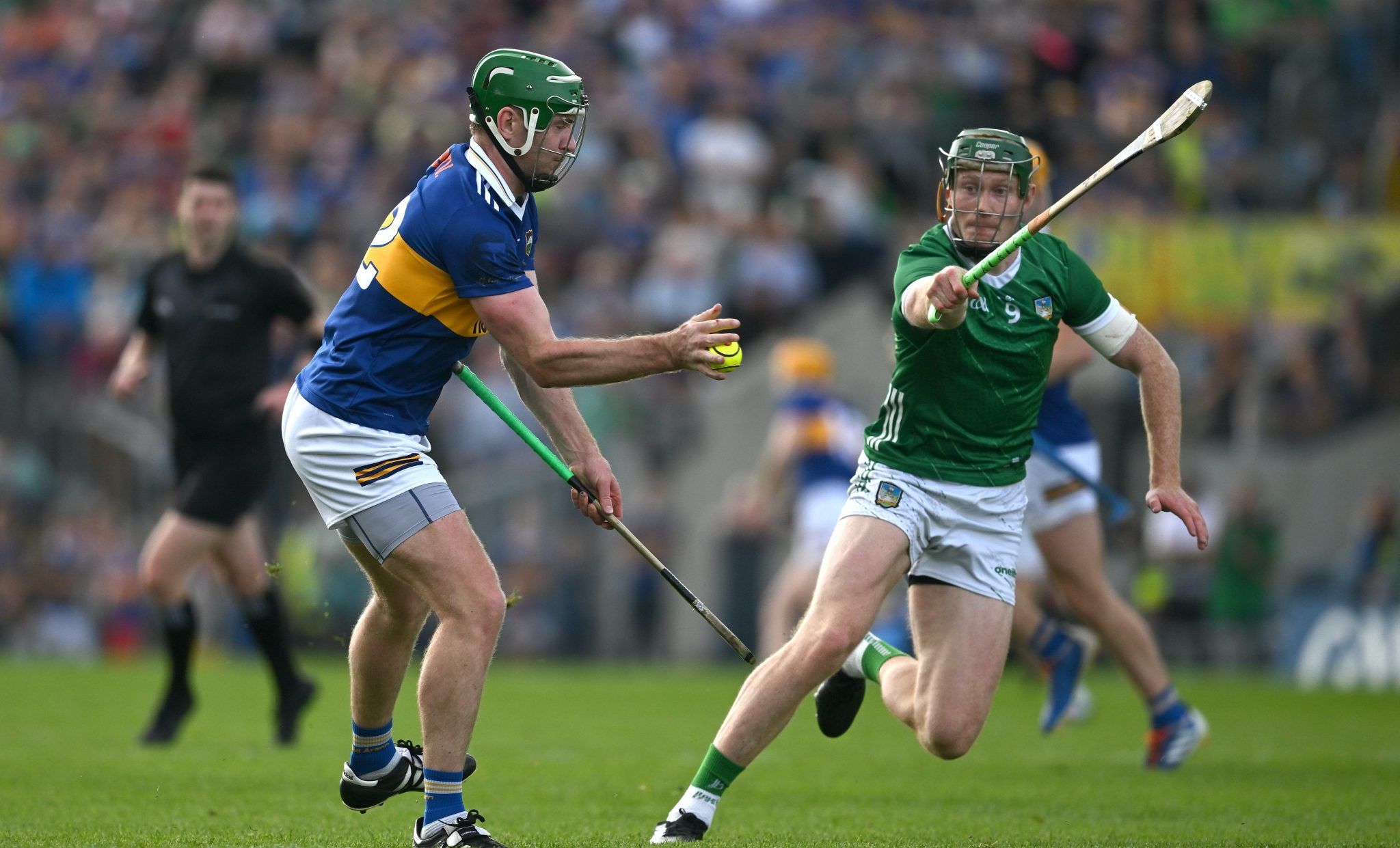
In the freshers hurling competition, players will no longer be allowed to hand-pass from the hand they hold the ball-in. They will have to either switch hands, or hand-pass after tapping the ball off the hurl.
“After that, it’s up to players as to how they play the ball,” said O’Donovan, “They can hand-pass from the other hand, play it from the hurley, they can flick it off the hurley.”
Puck-outs/Kick-outs (Hurling & Football)
The same rule applies to hurling and football.
The team taking the puck-out/kick-out are not allowed to play the ball before it passes their 45m. line. The penalty for breaching the rule will see the ball being thrown-in on the defenders’ 20m line.
Bottom line: Short puck-outs and kick-outs will not be a part of freshers GAA managers’ plans!
Hurley length
Meanwhile, after a meeting of GAA Central Council, the recommendations of the sliotar and hurley workgroup were endorsed where it was agreed that adult hurleys are to be no longer than 36″. Note: This applies to more than just freshers hurling.
The trend in recent years has been towards shorter hurleys – Aaron Gillane is rumoured to use a 32″ hurl – though Kilkenny legends of the past may not agree with it.
Henry Shefflin, after all, reputedly used a 37″ throughout his adult career.
New rules
- Juvenile (Child) up to and including 26” Hurley – Maximum Bas of 15cm
- Junior (Youth) up to and including 30” Hurley – Maximum bas of 16cm
- Senior (Adult) 30” up to and including 36” Hurley – Maximum bas of 17cm
In a very interesting interview with the Irish Examiner last year, former Kilkenny selector Martin Fogarty explained why he always advocated for a longer hurl.
“I have very strong feelings about it,” he said.
“For the majority (of Kilkenny hurlers) it was always a 37″. Henry and all the boys used 37”.
“The example i use is the JJ delaney hook on Seamus Callanan in 2014. With a 36″ hurl and fully extended, he barely got the hook in,” said Fogarty. “An inch shorter and the cup would be going to Tipperary. Though Eoin Murphy disputes that. He says that not only would he have blocked that shot, he’d have caught it!”
“I often say you never see Tiger Woods driving with a putter,” he added.
“Within reason, the longer the stick, the longer the strike!”
It remains to be seen how these rules are going to be implemented. After all, it’s unlikely we’ll see referees lining up hurls with measuring tapes before games…
Related links:
- Kyle Coney asks question that’s on everyone’s lips about Tyrone’s forwards
- The GAA Hour: Kyle Coney on The Sunday Game row, the problem with Tyrone and a Mattie Ruane masterclass
- The GAA set to trial new kick-out and free kick rule in freshers football
WATCH: Liverpool BOTTLED the title race 🤬 | Who will win the Premier League?
